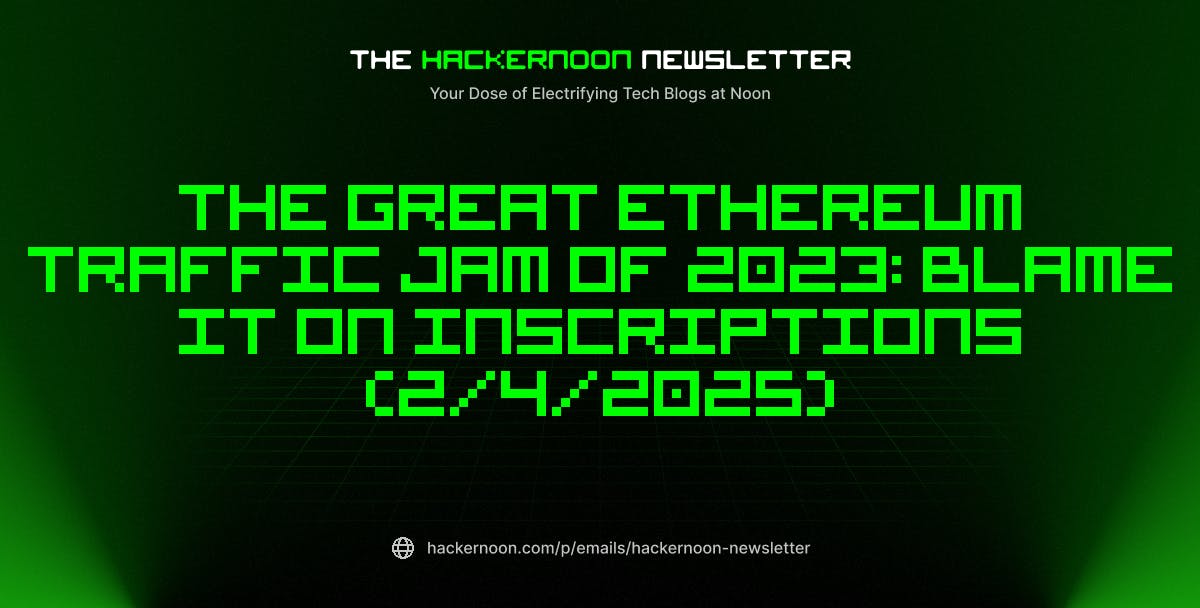As we move forward, we must synergize our cross-functional efforts to create robust paradigms in our core competencies. This will optimize our value proposition and leverage our market differentiators in a scalable and resilient way.
I know what you’re thinking. It’s precisely what I’ve been repeatedly thinking over the past 20 years.
As engineering leaders, we’ve seen how empty talk can derail meetings and create a sense of frustration and lack of trust in our teams. I want to be very clear. You don’t need to swallow a corporate jargon dictionary to be an effective leader. You can be clear, transparent, and trustworthy and still say something that makes actual sense.
Don’t believe me? Let’s see how you can make sure every word you speak or write adds real value to your teams and projects.
Understand Your Audience
Your presentations fail because you treat every audience the same. You dump the same information on engineers, product managers, and executives — ignoring what actually matters to them.
Imagine you’re preparing for a presentation about a new tech initiative at your company. You have three different audiences: engineers, product managers, and executives. Each group comes with its expectations and perspectives.
Engineers have spent weeks grappling with the guts of the project. They want to hear a story about overcoming technical obstacles, detailing the innovative approaches and the nitty-gritty solutions they’ve engineered. It speaks to their pride and expertise.
In contrast, the product managers are focused on timelines, integration challenges, and how this initiative impacts current projects. They’re listening for how these technical feats translate into deliverables, how they align with user needs, and how they fit into the roadmap. They’re seeking assurance that the tech aligns with user stories and timelines remain intact.
Then, you have senior executives. They’re less concerned with the technical specifics and more interested in the broader implications — how this initiative drives business growth, reduces costs, or captures new markets. They want a narrative that aligns this initiative with strategic goals. They need to be convinced that this investment of time and resources will yield significant returns.
To navigate this dynamic, you must balance your communication, weaving a coherent narrative that resonates across all levels:
- For the engineers: acknowledge their technical triumphs
- For the product managers: tie these triumphs to deliverables and timelines
- For the executives: connect these achievements to strategic goals and market potential
Prioritize Clarity and Brevity
Your meetings drag because you refuse to get to the point. If people are thinking about dinner instead of your words, you’ve already lost them.
How often do we find ourselves wandering through a presentation or a conversation that meanders without direction? There was a time when I attended a meeting where the presenter, while knowledgeable, took so long to get to the point that halfway through, most of the attendees were probably wondering what they were going to eat for dinner.
Learn to be like a lighthouse in the fog. Your role is to cut through the haze with clear, deliberate communication. It reminds me of Steve Jobs who was a master at distillation. He could convey complex ideas with simplicity, making them accessible to everyone, not just the tech-savvy. Emulating this clarity requires discipline — ruthlessly editing your message to say only what needs to be said, nothing more, nothing less.
Avoid Buzzwords and Empty Phrases
Your jargon makes you sound important — but says nothing. Fancy words won’t hide the fact that your team still has no clear direction.
Consider the last time you heard a phrase like “synergize our strategic priorities” or “proactively facilitate impactful solutions.” These words might sound important, but they rarely convey real meaning. They’re like fast food for the mind — initially satisfying but ultimately unfulfilling.
In my early career, I witnessed leaders who spoke with impressive jargon but left teams without a clear direction. It became apparent that in the long term, substance always trumps style. I recall a colleague who broke away from the norm; instead of “implementing holistic strategies,” they spoke plainly: “We’re going to talk directly to our users, understand their issues, and rebuild this feature to solve them.” By stripping away the fluff, they empowered their team to focus on actionable challenges rather than abstract concepts.
Focus on Value and Insight
Data alone is useless without context. Stop reporting results — start offering insights that guide your team to action and innovation.
Providing value isn’t just about giving information; it’s about curating insights. Imagine standing in front of your team and, instead of just sharing results, you explain what those results mean and how they shape our path forward. Insights lead to “aha” moments; they inspire action and innovation.
I recall working on a project where data showed declining performance. Presenting this data alone could cause panic, but by diving deeper, we discovered underlying trends that explained user dissatisfaction. We turned this revelation into actionable initiatives, revitalizing the product and energizing the team. Offering insights means you’re not merely reporting — you’re guiding, enabling your audience to connect the dots and see the bigger picture.
Encourage Interactive Dialogue
You’re not leading, you’re lecturing. Stop dominating the conversation and start listening to your team to unlock real innovation.
True communication is less about delivering a monologue and more about engaging in a conversation. It’s about creating an exchange where ideas can freely flow. I remember a strategy session where, instead of dominating the discussion, the leader posed open-ended questions: “What are we missing here? How might we approach this differently?”
The room came alive with ideas, with each voice adding a new point of view. The session was not just productive; it was transformative. By treating communication as a two-way street, you empower your team, drawing from their diverse perspectives to navigate complex challenges. This kind of engagement doesn’t just solve problems — it builds community and fosters innovation.
Long Story Short
Effective communication as an engineering leader is about striking the right balance between clarity and engagement. It’s about understanding your audience deeply, cutting through jargon to deliver meaningful insights, and fostering genuine dialogue. Focusing on value and relevance while encouraging interaction ensures your message resonates and inspires action.
To refine these skills, consider recording yourself and reviewing how you convey your message. This practice allows you to identify areas for improvement, such as simplifying language or enhancing engagement. With deliberate practice, your words can transform meetings into powerful catalysts for innovation and collaboration, driving your team and projects to their fullest potential.












